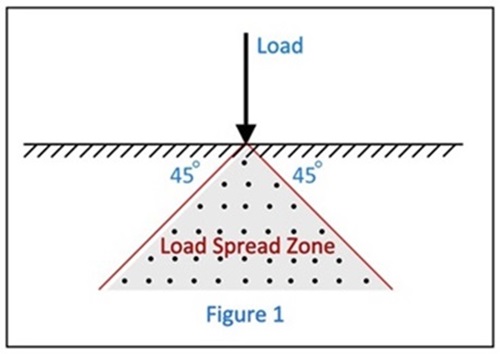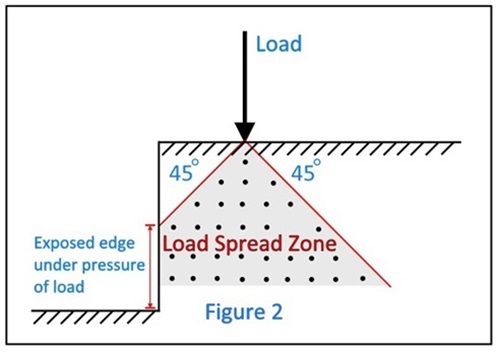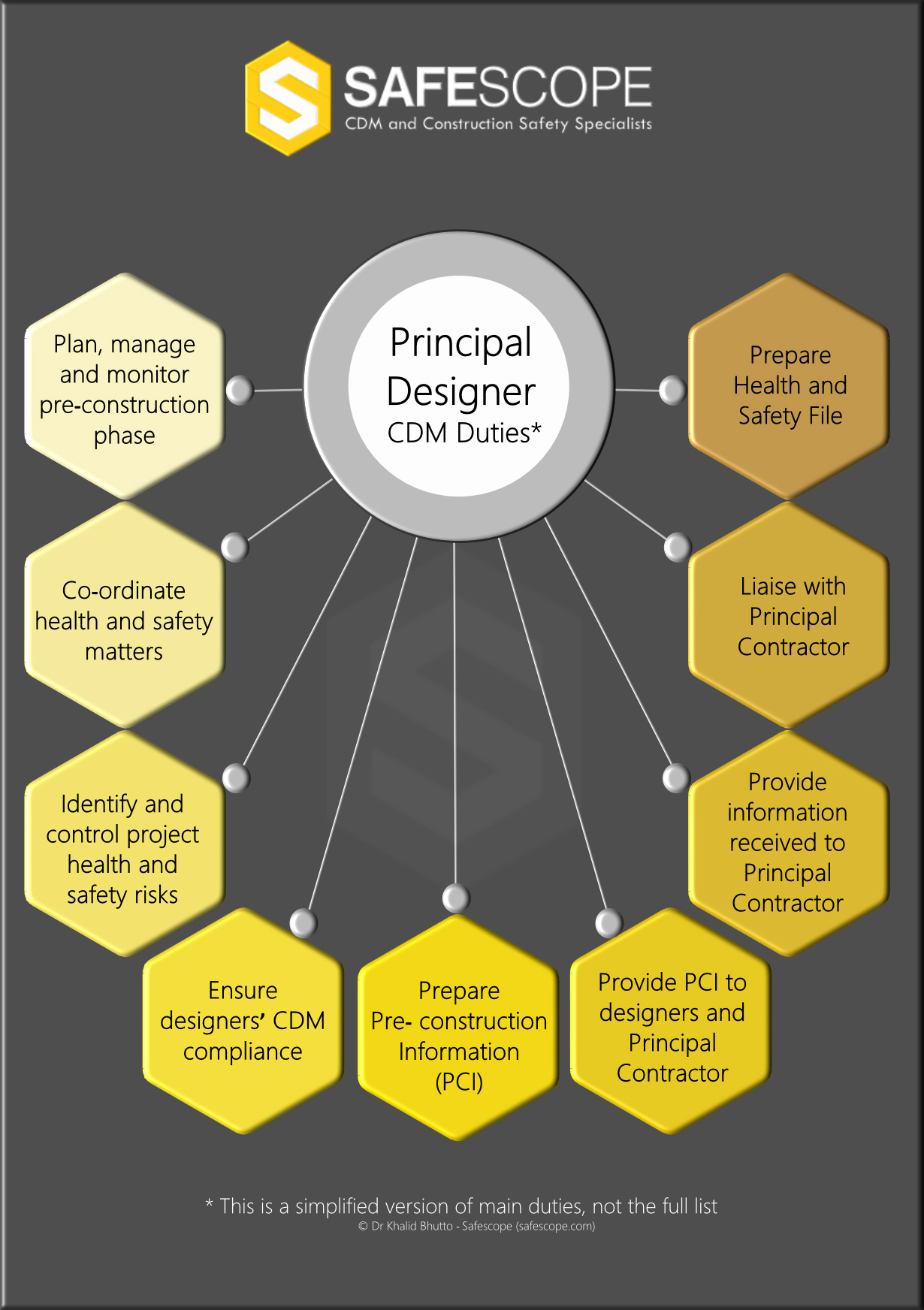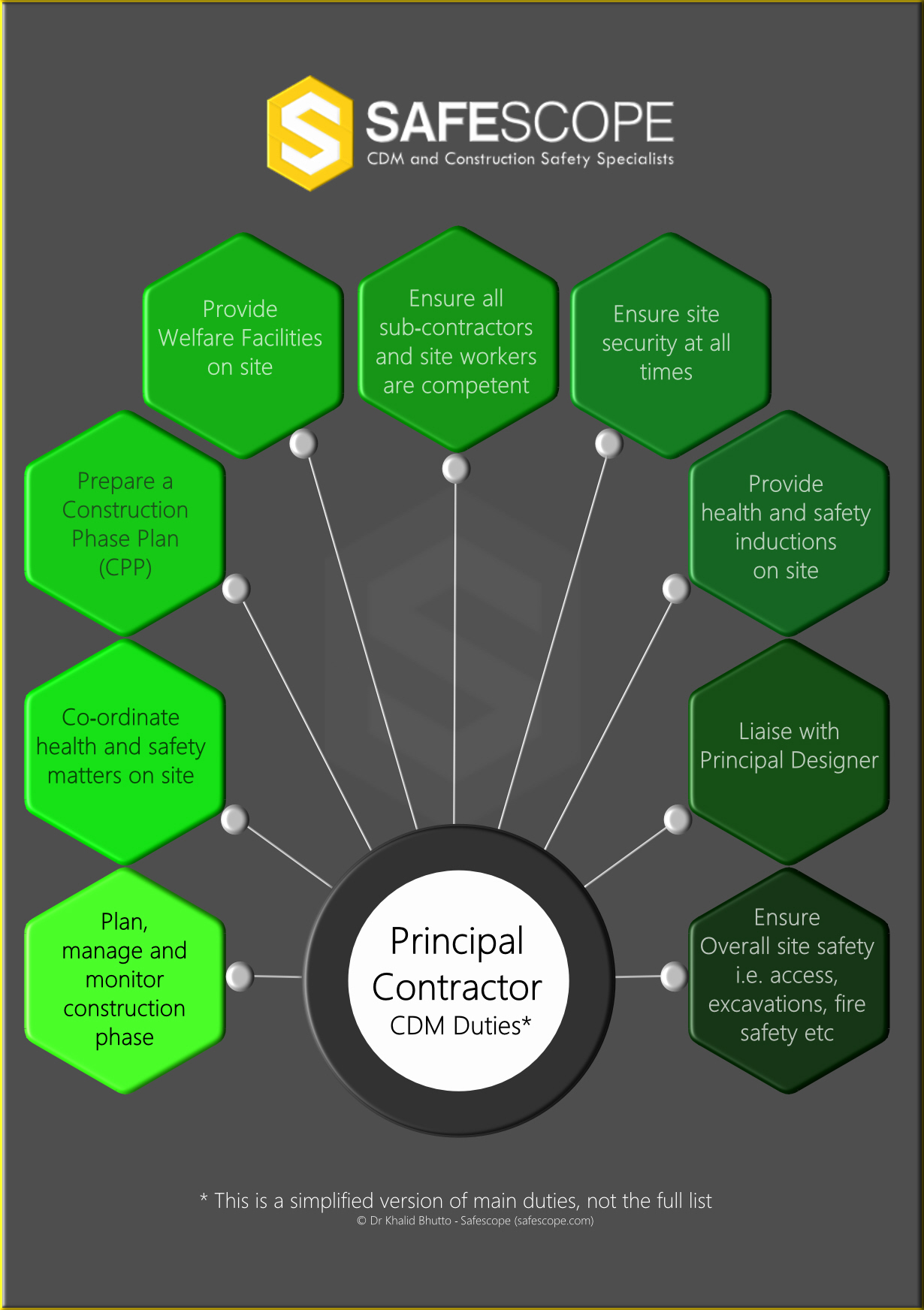Statutory Documentation on a
Construction Site
Safescope Team Articles
What must be displayed or be available on site
In today's digital world, it is easy to assume “it's on the server”
is good enough. But when it comes to health and safety
on a construction site, statutory documentation is not just
paperwork ‐ it is legal protection.
Whether you're a site manager, supervisor, or contractor,
knowing what must be displayed and what must be accessible
is key to staying compliant, avoiding enforcement notices,
and keeping everyone safe.
Legal Requirements at a Glance
Under the Construction (Design and Management) Regulations
2015 (CDM 2015) and supporting HSE guidance, the
following documents are required on site:
What MUST be displayed on site:
These documents must be physically displayed in a prominent
location (e.g., site entrance, welfare cabin, site office
or a site notice board ):
F10 Notification (if applicable)
- F10 Notification is required for notifiable projects (the project lasts longer
than 30 working days AND has more than 20 workers
working simultaneously at any one point on the project
OR exceeds 500 person days).
- Must be displayed where it can be read by anyone working
on site.
Health & Safety Law Poster
- Mandatory under the Health and Safety Information for
Employees Regulations.
- Must be current (2014 edition or later) and completed
with the relevant details
Health and Safety Policy
- The signed “statement of intent” which must be dated
within 12 months
Employers Liability Insurance Certificate
- Must be up to date and displayed.
Site Rules and Induction Notices
- Should include PPE requirements, site conduct rules,
and key safety contacts.
- Must be clearly displayed for all workers and visitors.
Fire and Emergency Arrangements
- Evacuation routes, assembly points, and contact details
for fire marshals.
- Include site-specific fire plan or risk assessment and location
of extinguishers.
Site Traffic Management Plan (where relevant)
- If plant or vehicles operate on site, display a clear traffic plan with pedestrian routes.
What can be held electronically (but must be accessible)
The following documents can be stored electronically (e.g.
via tablet, cloud, app, or shared drive) as long as they are
instantly accessible on request by operatives, supervisors,
or visiting inspectors:
Construction Phase Plan
- CPP must be developed before works start and kept up to
date.
- A hard copy is recommended on site, especially for larger
or notifiable jobs.
Risk Assessments & Method Statements (RAMS)
- All current and relevant RAMS must be accessible, regularly
updated and dated within 12 months.
- Site teams should know where to find them and how to
access them.
- RAMS must be signed by the workers working to them.
COSHH Assessments & Material Safety Data Sheets
- Essential for any hazardous substances in use or storage.
Training and Competency Records
- CSCS cards, plant tickets, asbestos awareness training,
etc.
- These can be stored electronically but must be easily
produced on request.
Daily Briefings, Permits and Inspection Records
- Toolbox talks, lift plans, scaffold inspections, plant
checks etc. can be held digitally.
- Must be updated regularly and shared with site teams.
Best Practice Tips
Always have a backup.
Technology can fail. We recommend keeping hard copies of
the most critical documents, including the CPP, RAMS, and
emergency contact info, available on site ‐ especially in remote
or restricted-access areas.
Statutory documentation is not just a tick box ‐ it is a working
toolkit to keep people safe. Make sure what should be
seen, is visible, and what needs to be accessed, is findable.








